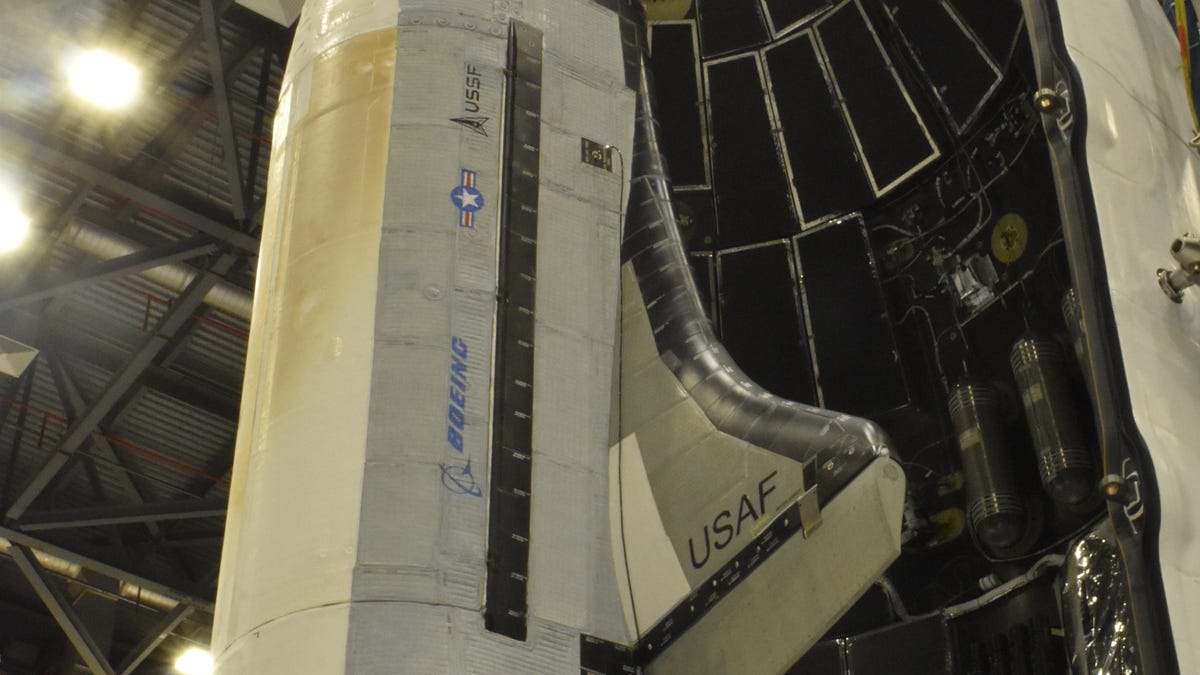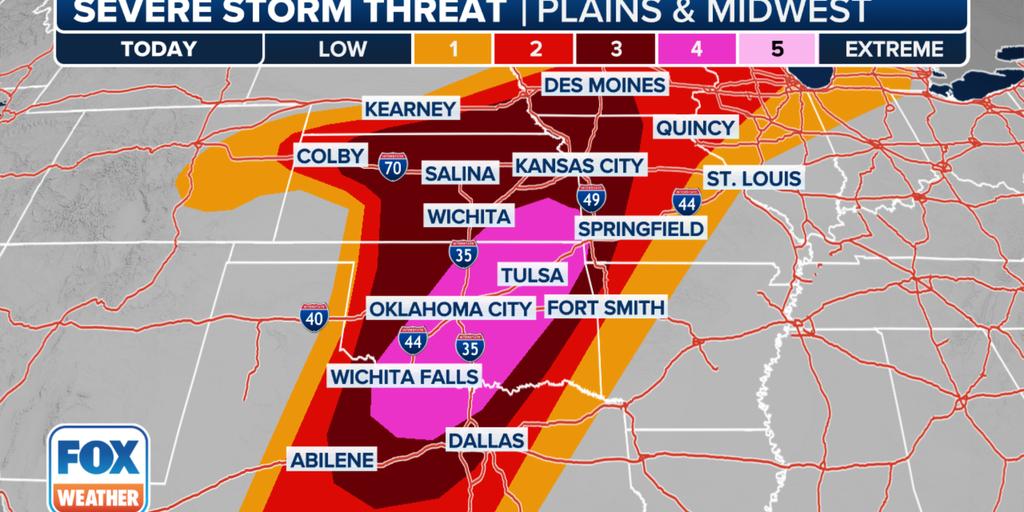Atlas V rocket launches Air Force’s X-37B spaceplane from Cape Canaveral
A United Launch Alliance Atlas V rocket boosts an Air Force X-37B spaceplane to orbit from Cape Canaveral on Saturday, May 17, 2020.
United Launch Alliance
After the Space Force’s robotic X-37B Orbital Test Vehicle launches again Sunday night, what types of classified payloads will it carry into space?
What secret missions will the uncrewed military space plane accomplish 150 to 500 miles above the Earth’s surface?
And how long will the black-and-white miniature space shuttle remain in orbit — considering that its last marathon flight lasted 908 days?
“It’s a test platform that allows them to collect a bunch of data in a relatively controlled environment in the cargo bay of the space plane, the X-37B, over a period of time in orbit and see how well those sensors perform, how well they are immune to the radiation environment of space,” said Don Platt, director of the Florida Institute of Technology’s Spaceport Graduate Center in Titusville.
“And then they can bring it back to the Earth for further analysis — which is a tremendous advantage over just launching a satellite in orbit and collecting data from it. Because at the end of the mission, you normally don’t have any way to get that satellite back,” Platt said.
“So it’s really, I think, a test platform for new technology so they can see how it performs. And that’s one reason why the space plane will stay up for over a year, because they can build up a good-sized database on the performance of that technology and expose it to the space environment for a long period of time,” he said.
At 8:14 p.m. EST Sunday, a triple-core SpaceX Falcon Heavy rocket is scheduled to lift off from NASA’s Kennedy Space Center and carry the Boeing-built, 29-foot-long X-37B into orbit for its seventh secretive mission.
Will SpaceX also attempt to launch its next Starlink mission Sunday night from nearby Cape Canaveral Space Force Station? Stay tuned. The National Geospatial-Intelligence Agency has issued a rocket launch navigational warning effective from 11 p.m. Sunday to 3:31 a.m. Monday — which mirrors the times of recent Falcon 9 launches. But SpaceX has yet to make a public announcement.
More details on Sunday’s X-37B mission:
- Launch window: 10 minutes.
- Location: Pad 39A.
- Booster landings: Cape Canaveral Space Force Station.
- Live coverage: Starts 90 minutes before liftoff at floridatoday.com/space.
More: Mysterious military X-37B space plane to launch on Falcon Heavy from Kennedy Space Center
“We’re nearly complete with the pre-launch work for our next National Security Space launch, which is the third Falcon Heavy used to launch a national security payload,” Brig. Gen. Kristin Panzenhagen, who commands Space Launch Delta 45, said in a Thursday press release.
“Our team has done amazing work to prepare for this critical launch, and we’re doing even more behind the scenes. We are honing our processes to make our launch capabilities even more responsive to national security needs,” Panzenhagen said.
After stage separation, the Falcon Heavy’s twin boosters will trigger Space Coast sonic booms by returning to terra firma at Landing Zones 1 and 2 at Cape Canaveral Space Force Station.
Space Force officials declined a request for further comment on Sunday’s mission. A Nov. 8 press release briefly said the space plane will enable “multiple cutting-edge experiments,” such as:
- Operating the reusable space plane in new orbital regimes.
- Experimenting with future space domain awareness technologies
- Investigating effects of harsh radiation on plant seeds provided by NASA, collecting data for future long-duration crewed space missions.
“If we recall, in the early days of the space shuttle — definitely before the Challenger disaster — the military had top-secret shuttle missions. And of course, they were only up for about two weeks,” Platt said.
“But that was probably a prelude to this kind of capability now that can be done with our new technology in a robotic fashion, without needing humans,” he said.
The X-37B last launched in May 2020 atop a United Launch Alliance Atlas V rocket from Cape Canaveral Air Force Station. During that mission, the spacecraft carried a Naval Research Laboratory photovoltaic radio-frequency antenna module experiment; two NASA experiments studying radiation effects; and FalconSat-8, a small satellite developed by the U.S. Air Force Academy and sponsored by the Air Force Research Laboratory.
The autonomous space plane spent a record 908 days in low-Earth orbit before wrapping up its mission in November 2022 — and generating sonic booms across Central Florida before touching down at KSC’s Launch and Landing Facility.
“Another thing: Traditionally, space planes have low G-forces during reentry. And so, this is good for any sensitive technology that might otherwise be damaged on reentry in a capsule that has a higher level of G-force as it goes back through the atmosphere to land back on the Earth,” Platt said.
For the latest launch schedule updates at the Cape, visit floridatoday.com/launchschedule.
Rick Neale is a Space Reporter at FLORIDA TODAY (for more of his stories, click here.) Contact Neale at 321-242-3638 or [email protected]. Twitter/X: @RickNeale1

Dr. Sarah Adams is a scientist and science communicator who makes complex topics accessible to all. Her articles explore breakthroughs in various scientific disciplines, from space exploration to cutting-edge research.








